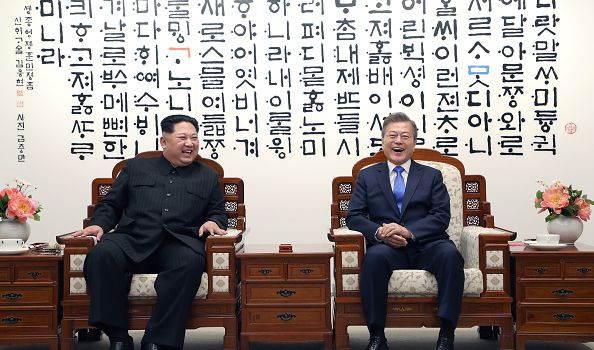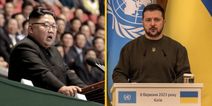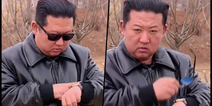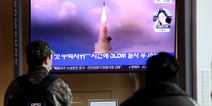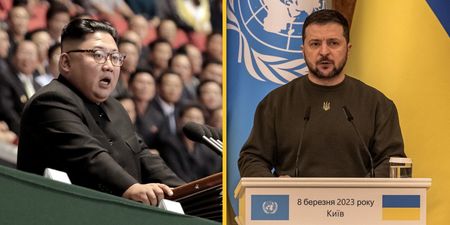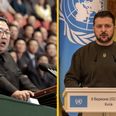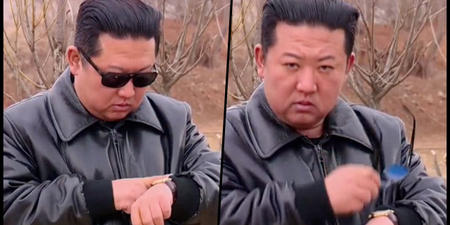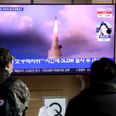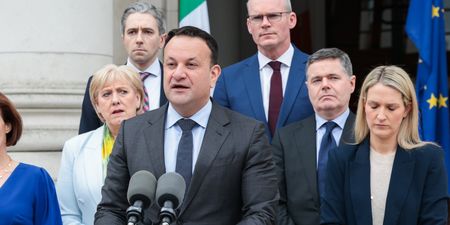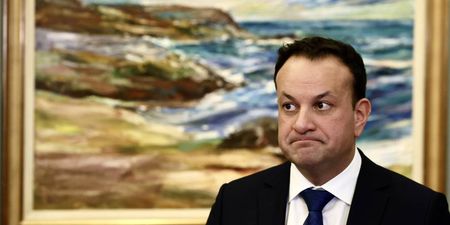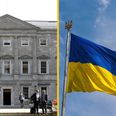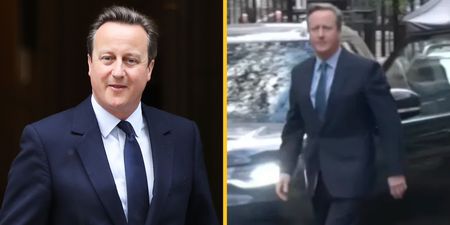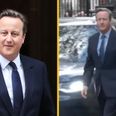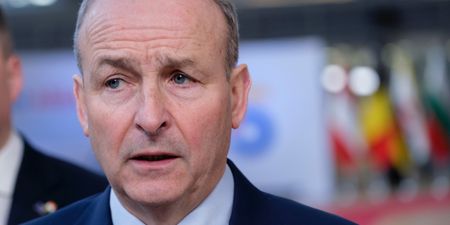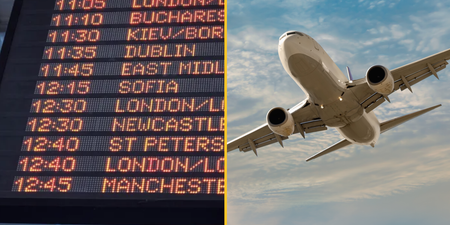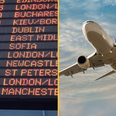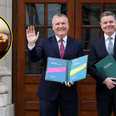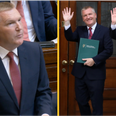Kim Jong-un today became the first North Korean leader to set foot in South Korea since the Korean Armistice Agreement of 1953.
The Korean peninsula had been at war since 1948 as a by-product of the Cold War, after the United States and the Soviet Union had supported proxy governments in the south and north respectively — neither of which recognised the legitimacy of the other. After a five year war which saw many hundreds of thousands killed, a 1953 agreement saw a cessation of hostilities and the conflict froze, but never technically ended.
In the intervening years, North Korea has been at the heart of many geopolitical dramas that have centred around the nation’s attempts to develop nuclear weapons, and regular threats towards countries like South Korea, Japan and the United States. North Korea has also faced heavy economic sanctions from the international community as a result of its testing of nuclear weapons and inter-continental ballistic missiles (ICBMs).
Kim Jong-un, the grandson of North Korea’s first leader Kim Il-sung, and the son of previous leader Kim Jong-il, is only the country’s third leader since 1953. Decades of dynastic dictatorship have seen North Korea cut off from the rest of the world with incoming and outgoing information strictly controlled by the state.
North Korea and South Korea have remained locked in a security dilemma for many decades, where any strengthening of the military on either side is seen as a threat by the neighbour. As recently as April of 2017, United States and South Korea had begun installing key elements of the THAAD missile defence system in response to North Korea conducting its largest ever military drill.
Beyond the peninsula, North Korea’s government has also clashed horns with Donald Trump, who infamously promised last August that North Korea would be met with “fire, fury and frankly power, the likes of which the world has never seen before” if they continued to issue nuclear threats.
However, the election of President Moon Jae-in in South Korea last May has quickly started to transform the tense relationship.
Moon was elected on the back of promises to reinstate the Sunshine Policy — a strategy of friendly diplomacy towards its estranged neighbour employed by previous liberal presidents of South Korea.
Another major development in recent times has been the détente that accompanied Pyeongchang’s hosting of the 2018 Winter Olympics. While the tournament took place in South Korea, a hotline between Seoul and Pyongyang was re-established.
This new level of co-operation was further evidenced when the two countries fielded a joint women’s ice-hockey team at the games and marched together in the opening ceremony. South Korea also hosted an unusually large diplomatic delegation from North Korea, led by Kim’s sister, Kim Yo-jong.
Today’s meeting has been hailed as another significant step in the right direction by political pundits, who have noted that Kim’s rhetoric in today’s speeches could not be further from the typical bellicosity that North Korea aims at its southern neighbour.
Speaking at the summit, Kim said, “It took a long time for the two Koreas to come together and to hold hands and we have long waited for this moment to happen, all of us. As I stand here today I can see that South and North Koreans are the same people, they cannot be separated. We are compatriots… We should not be confronting each other, we are the same people and should live in unity. I hope we will be able to live very peacefully in the future, as soon as possible.”
Crucially, both leaders signed a statement pledging to denuclearise the Korean peninsula – “South and North Korea confirmed the common goal of realising, through complete denuclearisation, a nuclear-free Korean Peninsula.”
Other provisions of today’s agreement include reconnecting relatives across the border, the establishment of a maritime peace zone to avoid military accidents at sea and, “more active cooperation, exchanges, visits and contacts at all levels in order to rejuvenate the sense of national reconciliation and unity.”
Of course, this announcement brings its own set of questions that will likely be thoroughly examined in the coming weeks and months. For example, whether North Korea will consent to letting independent inspectors into their country in order to verify the decommissioning of their nuclear programme.
More vaguely, the statement also declared that both countries “agreed to take various military measures to ensure active mutual cooperation, exchanges, visits and contacts” and engage with “trilateral or quadrilateral peace meetings” with the US and China. The United States currently stations 20,000 troops in South Korea, a major bugbear of the North’s government, and an area where they would likely seek concessions when it comes to negotiation.
It is perhaps with quandaries such as this in mind that President Moon recently warned against “an excessive eagerness to try to fix all problems at once” when it comes to North Korea. While today’s summit in Panmunjom is to be warmly welcomed by the international community, none of its promise is yet set in stone.
LISTEN: You Must Be Jokin’ with Conor Sketches | Tiger Woods loves Ger Loughnane and cosplaying as Charles LeClerc
